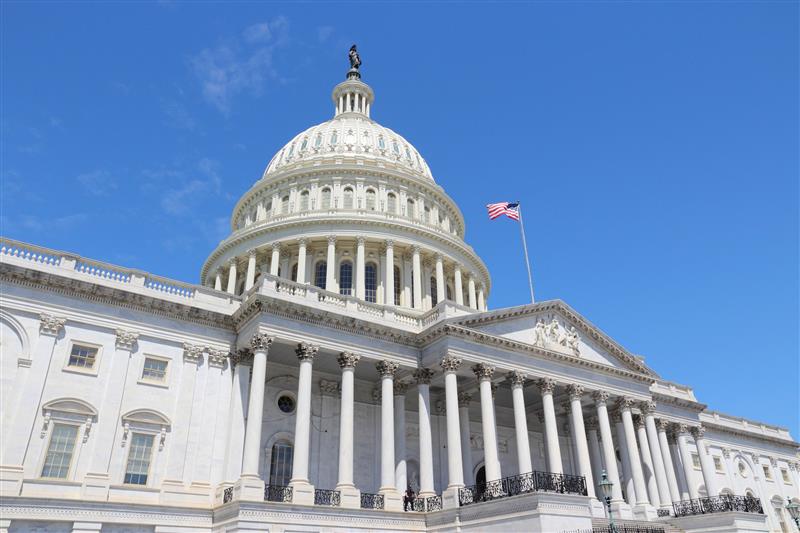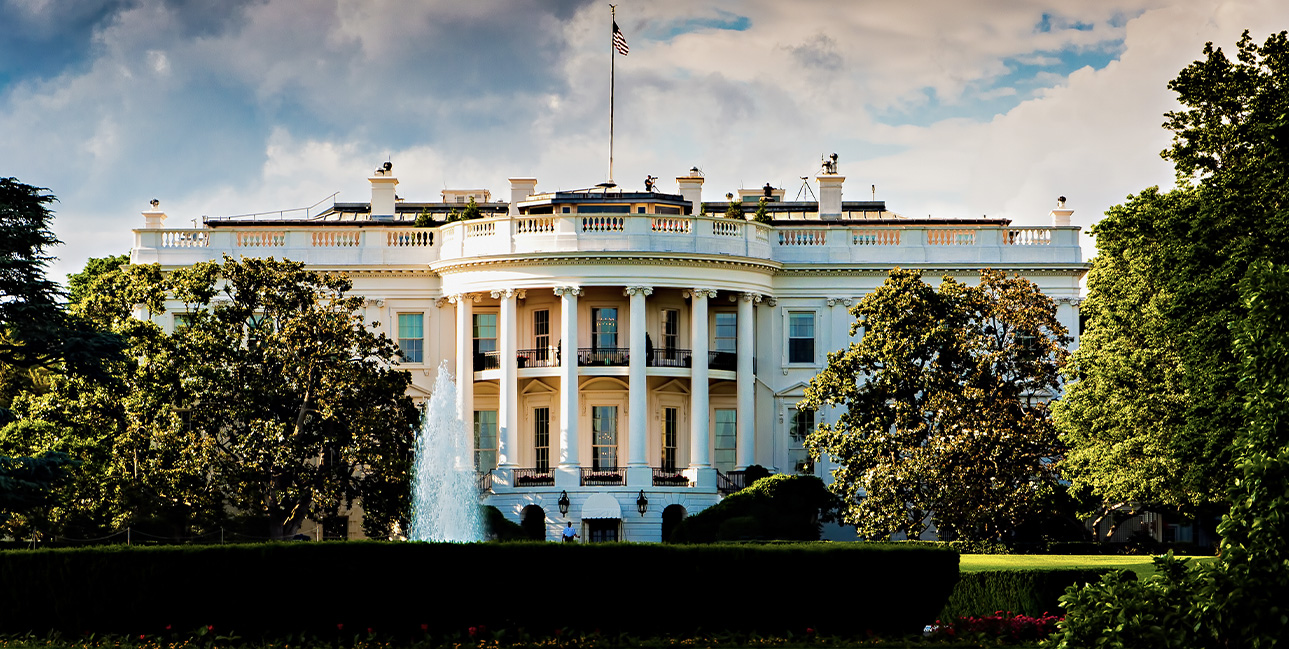Blog
February 15, 2024
Proposed Senate legislation would strengthen presidential transition support for agencies
Benjamin Franklin once said, “By failing to prepare, you are preparing to fail.”
Following the last four presidential elections, the Partnership for Public Service and our Center for Presidential Transition have collected lessons learned on transition activities, which have helped inform four rounds of bipartisan laws passed to bring the Presidential Transition Act of 1963 in line with modern transition practices.
The transition law requires the General Services Administration to provide office space and other core support to presidents-elect and vice-presidents elect, as well as pre-election preparation space and support to major candidates. It also provides a framework for GSA, the White House and federal agencies to coordinate transition planning.
The updates to the law have had a profound impact in shifting the narrative around transition planning. Presidential candidates used to shy away from transition planning, worried that the public would see them as prematurely “measuring the drapes” of the Oval Office. Congress has helped change that perception and, through its oversight and legislation, has emphasized the importance of early planning by the transition teams of candidates as well as by agencies across the government. This tradition now continues with a new bill, the Agency Preparation for Transitions Act, sponsored by Sens. Gary Peters (D-Mich.) and Susan Collins (R-Maine).
Highlights include:
- Establishing an election year kick-off at least nine months before an election of both the White House-led transition council and the council of agency career leaders responsible for transition planning. (These councils were officially created by legislation signed into law in 2016.)
- Requiring agencies to prepare transition briefing materials by October 15 of the presidential election year (moving up the deadline from November 1).
- Creating a forum for GSA’s federal transition coordinator to give guidance to small agencies on government-wide transition planning activities.
- Ensuring that transition planning will envision how equitable transition services will flow to candidates if there is a delay in determining the winner (consistent with the bipartisan Presidential Transition Improvement Act, signed into law in 2022).
While candidates in recent elections have begun transition planning well before the election, the roughly 75 days between Election Day and Inauguration Day is a crucial period for an incoming president, during which agencies begin to brief the transition team on major policy issues and decisions that will confront the incoming administration on Day One. The bipartisan work of Congress over the years in fine-tuning the Presidential Transition Act has made the run-up to
Inauguration Day much less complicated and has enabled presidents-elect to take maximum advantage of the short post-election transition period.
Even if a sitting president wins re-election, the transition planning is not all for naught. The Center’s research has shown a high turnover rate of appointees as presidents move from a first to a second term. As first-term presidents plan for a second term, the briefing materials prepared by agencies are valuable alike to incoming appointees of a new president and for a second-term president. Under either scenario, the Presidential Transition Act allows the winner of the election an opportunity to heed Ben Franklin’s advice and prepare for success.



